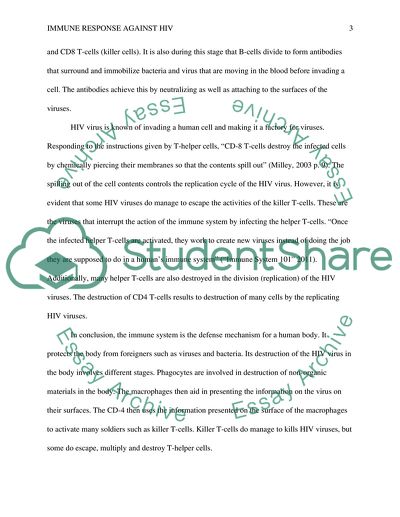Immune Response Against HIV Research Paper Example | Topics and Well Written Essays - 500 words. Retrieved from https://studentshare.org/health-sciences-medicine/1649245-immune-response-against-hiv
Immune Response Against HIV Research Paper Example | Topics and Well Written Essays - 500 Words. https://studentshare.org/health-sciences-medicine/1649245-immune-response-against-hiv.


